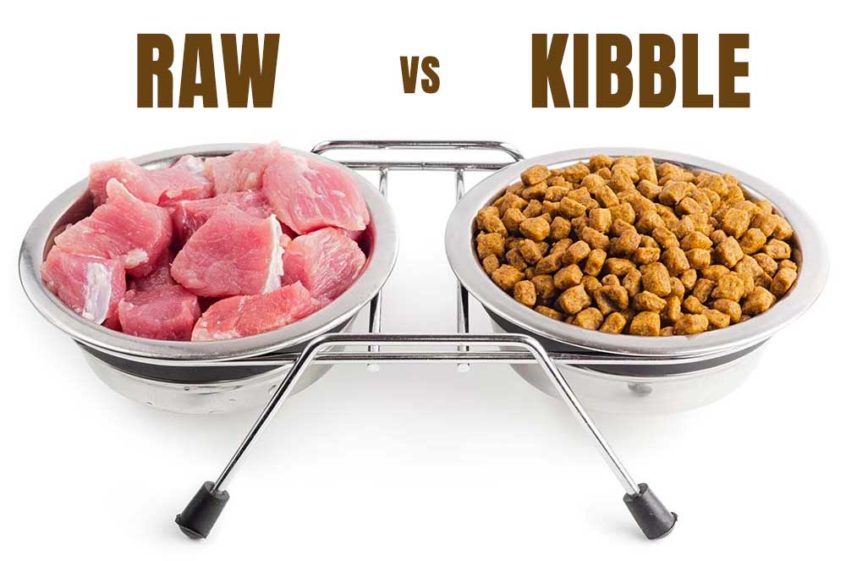Reprinted from: http://www.mercola.com
Despite the fact that an increasing number of pet owners are becoming better informed about nutritionally balanced, species-appropriate diets for dogs and cats, sadly, it seems there’s still an awful lot of kibble being sold. According to a Packaged Facts survey conducted earlier in the year, pet owners generally believe dry food is: 1) healthier and 2) better for pets’ teeth.1 Honestly, nothing could be further the truth — more about that shortly. Even more disheartening is this observation:
“Alongside these pet health-centered convictions,” writes David Sprinkle of Packaged Facts, “and perhaps helping to keep them afloat, is a more self-interested pet owner preference for pet foods that aren’t overly odorous.”2
What Sprinkle is saying is that it’s possible many pet owners are concerned first and foremost with less smelly pet food, and not so much about the supposed health and dental benefits of kibble. This isn’t entirely surprising, since it was convenience that made kibble so appealing in the first place, similar to the popularity of processed and fast food for humans.
And it certainly doesn’t help that pet food manufacturers spend huge amounts of money marketing their dead, overcooked formulas as “healthy,” or that the majority of veterinarians promote the stuff, often selling it in the lobbies of their practices.
Chapter 1: The Myth That Will Not Die: Kibble Is Good for Your Pet’s Teeth.Written by By Dr. Karen Becker
This is like a zombie myth — it just can’t be killed! Dry pet food is promoted as helping to keep pets’ teeth clean, but it’s complete nonsense. Kibble is no better for your dog’s or cat’s teeth than crunchy human food is for your teeth. It would never occur to you to eat a handful of peanut brittle or granola to remove plaque and tartar from your teeth, would it? The idea that dry food keeps your pet’s teeth clean is just as silly.
However, diet certainly plays a significant role in the development of tartar on your pet’s teeth. Wild dogs and cats have strong, healthy teeth partly because they eat raw meaty bones. Raw diets — even prepared, ground raw diets — help control tartar. Raw ground bone is a gentle dental abrasive, acting like fine sandpaper when chewed, which helps remove debris stuck on teeth. The meat contains natural enzymes, and in addition, raw food doesn’t stick to teeth, unlike starchy kibble.
For dogs and cats, chewing also plays an important role in removing plaque and tartar from teeth. Even though there are plenty of toys and food products on the market that can be of some, raw bones are really the best option, and few dogs will turn them down.
It’s important the bones are raw, because cooked bones can splinter and do serious damage to the gastrointestinal (GI) tract. The size depends on the size of your pet and whether she’s such an eager chewer that she risks injuring herself or even breaking teeth. Your dog should always be supervised when she’s working on a bone to minimize the risk of choking or tooth damage, and raw bones should be refrigerated between chewing sessions.

